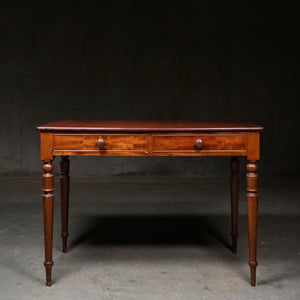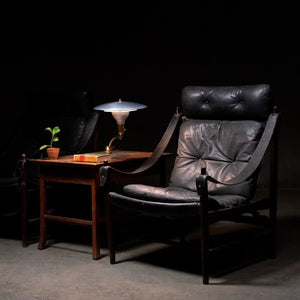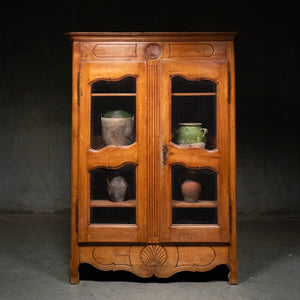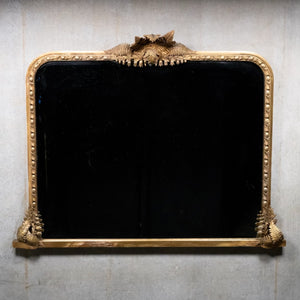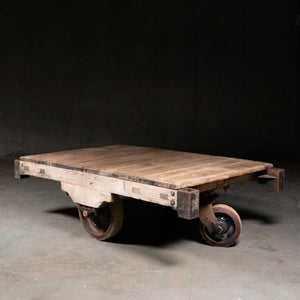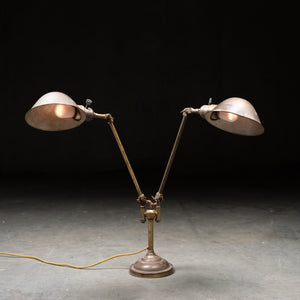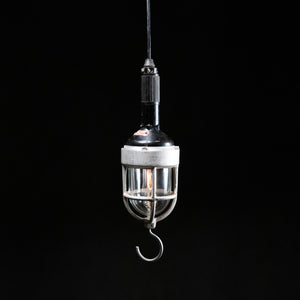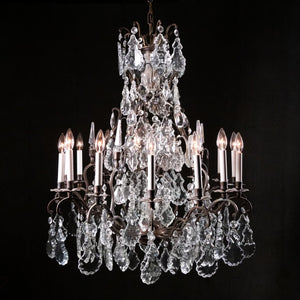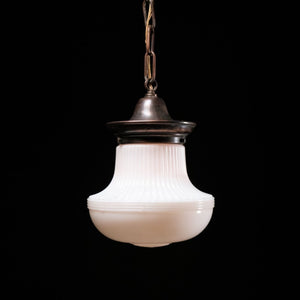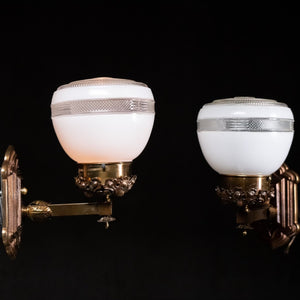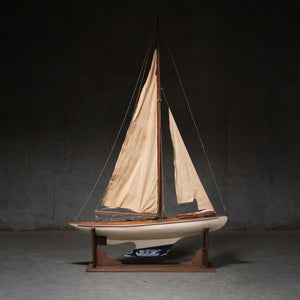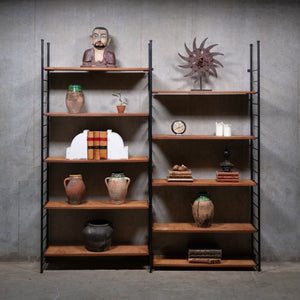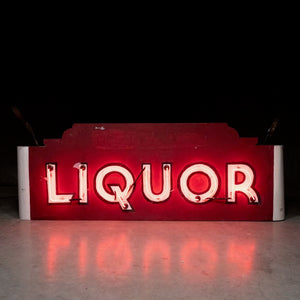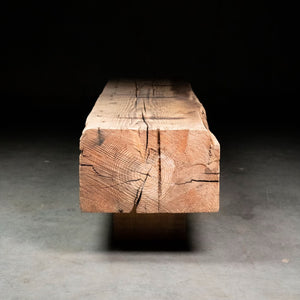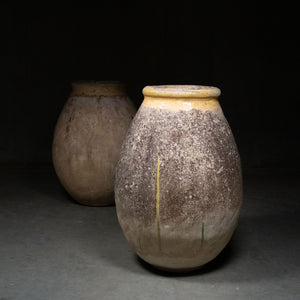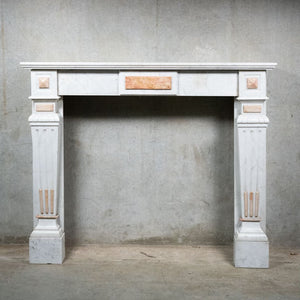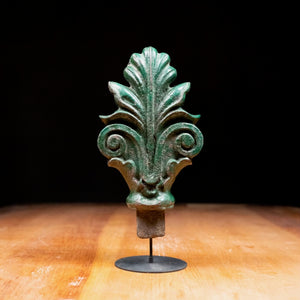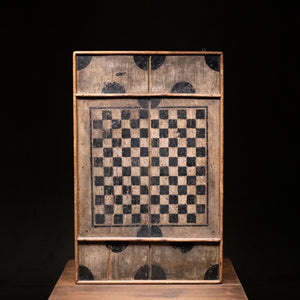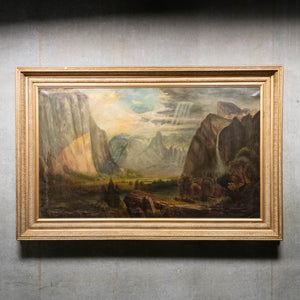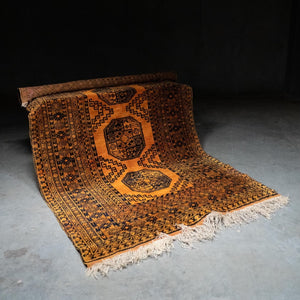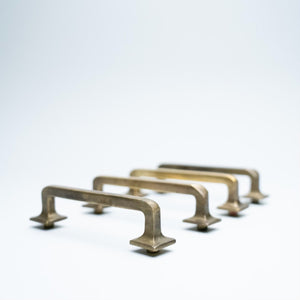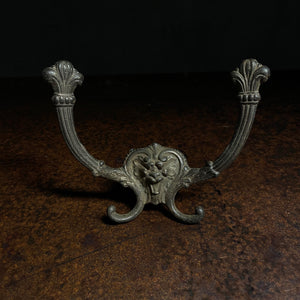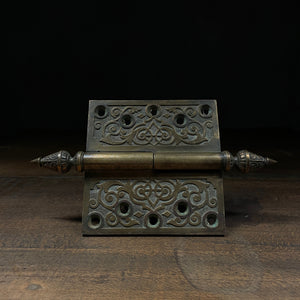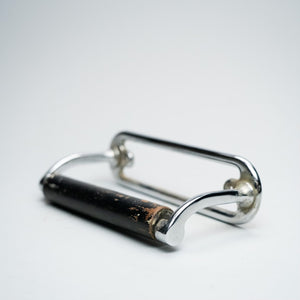
1950 MCM Milk Glass Pendants on Nickel Posts
Set of 10 wired and CSA approved Mid-Century Modern lights salvaged from the original Blue Bonnet race track in the city of Montreal. These examples from the 1950s are well made and in excellent condition. Price per item.
HISTORY. In 1872, the Blue Bonnets racetrack for thoroughbred horse racing opened on the Jos. Decary farm[1] in the easternmost part of the Blue Bonnets community, now Montreal West. At the time there was a Grand Trunk Railway station near the site.[2] In 1886, the Ontario and Quebec Railway (a company controlled by the Canadian Pacific Railway) cut it in half. In 1905, John F. Ryan founded the Jockey Club of Montreal which on June 4, 1907 opened a new Blue Bonnets Raceway on Decarie Boulevard. In 1943, harness racing began and in 1954, thoroughbred flat racing was discontinued until resumed in 1961. In 1958, Jean-Louis Levesque built a new multimillion-dollar clubhouse. By 1961, it began to challenge the preeminence of the Ontario racing industry.[3] From 1961 and 1975, with the end of thoroughbred racing at the track, it was home to the Quebec Derby, an annual horse race conceived by Levesque.
When the metro station Namur was built in the early 1980s, there was controversy over the location chosen in close proximity to the race track. This coincided with a failed "Blue Bonnets Development" project.[4] Previously the Montreal Tramways Company had run streetcars right into the race track site. However, it was argued that the site of the metro station was actually chosen due to traffic expectations rather than to benefit Blue Bonnets.[5]
Care Guidelines for Wood Finishes
- Use a dry lint-free cloth to keep the piece dust-free.
- For heavy messes, lightly clean the piece with damp lint-free cloth.
- Using coasters is highly recommended on all pieces to avoid drink rings and liquid damage.
- For glass rings and water spots, gently rub the affected area with a warm, water-damp clean cotton cloth along the grain until marks are removed. Ensure to use less pressure to feather the affected area with existing finish. If a ring is persistent after water dries completely, apply a thin coat of soap. Finish with a cotton cloth liberally to the affected area and existing finish. Buff with clean, dry cloth if needed, after waiting 1 hour to dry.
- We recommend a yearly clean of wood finished furniture following the guidelines below:
- Use a Scotchbrite pad to lightly buff the piece, following the direction of the wood grain.
- Apply the prepared Soap Finish with a cotton cloth in a thick layer to the entire piece. Ensure to wipe off excess soap and buff the finish into the wood.
- Allow to dry for 1 hour.
- Use a Scotchbrite pad to very lightly buff the entire piece when applying more than one coat. 2-3 coats is recommended or until the desired effect is achieved.
- Allow the piece to dry overnight after applying the final coat, then buff with a cotton cloth.
Care Guidelines for Stone Finishes
- Use a dry lint-free cloth to keep the piece dust-free.
- For heavy messes, lightly clean the piece with damp lint-free cloth. Use a diluted neutral liquid soap for greasy spills.
- Twice a year, matte sealant should be applied. Another method is the traditional Italian method, wiping clear mineral oil onto marble every few months to keep surfaces looking hydrated and moisture resistant.
- The provided methods do not provide protection against acid. Ensure spills are wiped off as quickly as possible.
Care Guidelines for Metal Hardware Finishes
- All metal finishes are hand-finished using organic compounds only. These finishes change over time depending on exposure to the elements, handling methods and cleaning methods.
- Use a dry lint-free cloth to keep the piece dust-free.
Care Guidelines for Lighting Finishes
- All metal finishes are hand-finished using organic compounds only. These finishes change over time depending on exposure to the elements, handling methods and cleaning methods.
- Ensure to handle light fixtures gently, wearing cotton gloves.
- Use a dry lint-free cloth to keep the piece dust-free.
- Using water or cleaning products on metal finishes voids Scott Landon’s warranty policy.
Care Guideline for Leather Finishes
- This Canadian or US leather is made to endure wear and age. It often develops deeper colours, more shine and softness as it is used. Exposure to water, light and handling are factors that develop the leather’s unique patine and ages the material in its own way.
- Natural imperfections of full grain leather are common.
- Use a vacuum or broom to clean dust or particulates.
- Staining of leather can happen, and a subsequent change in color follows. Use a dry cloth to clean spills as quickly as possible. After, use a damp cloth to soften stain edge marks. Never rub stain, blotting only. Allow it to dry.
- For tougher leather, lightly rubbing with an abrasive 3M pad with short strokes can make the process easier. This naturally lifts the fibers and minimizes the stain.
- For suede leather, use a suede brush to bring up the texture after long periods of use.
